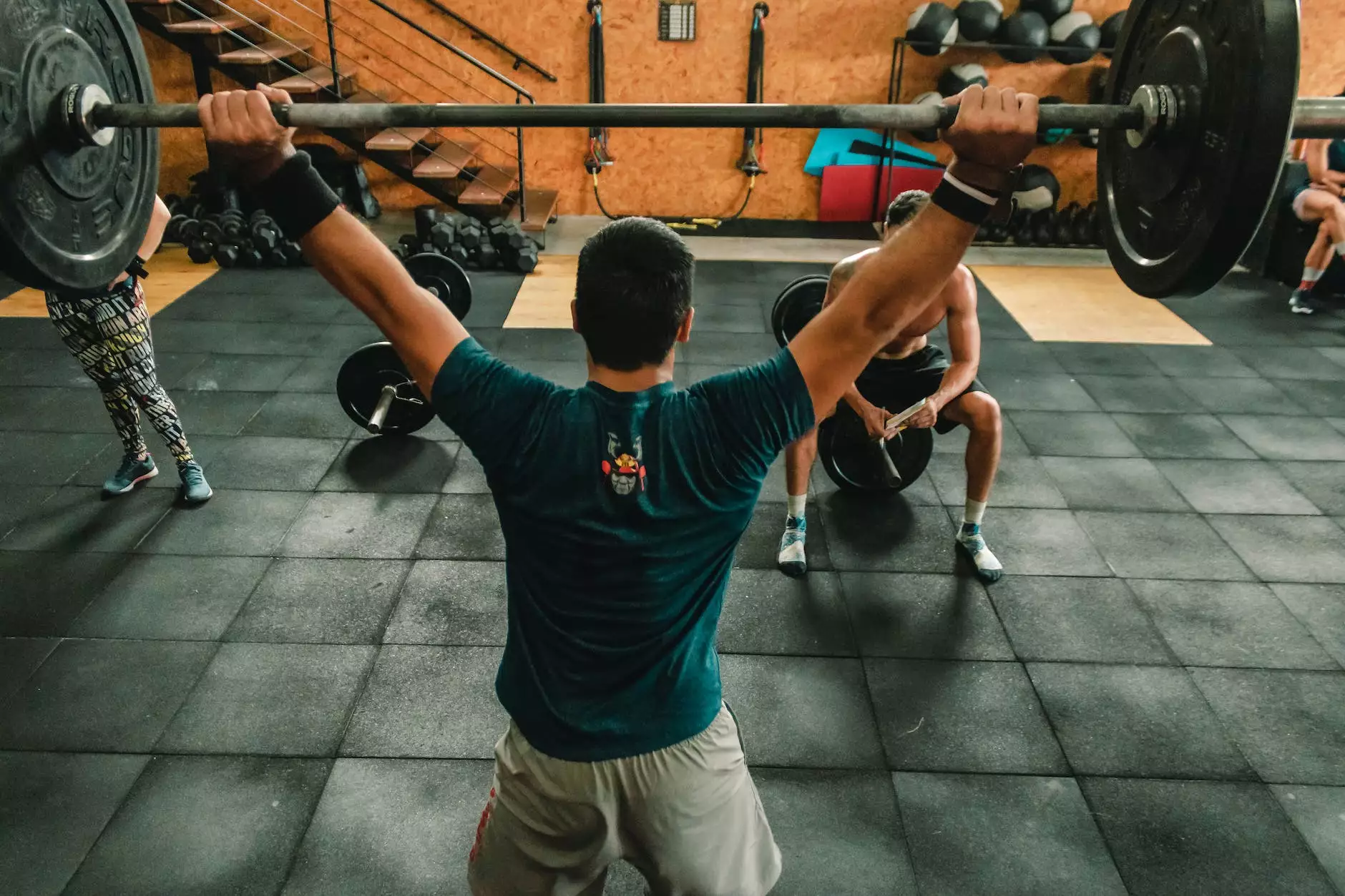Understanding Tendinopathy and Tenosynovitis: A Comprehensive Guide

In the realm of health and medical care, understanding various conditions affecting the musculoskeletal system is vital for both practitioners and patients. Among these conditions, two prevalent issues are tendinopathy and tenosynovitis. Despite their similarities, they are distinct in their causes, symptoms, and treatment approaches. This article, rich with in-depth analysis, aims to provide clarity on these two conditions and their implications on physical health.
What is Tendinopathy?
Tendinopathy refers to a spectrum of tendon injuries often resulting from overuse. It denotes a condition characterized by chronic pain and dysfunction in the tendon. The underlying pathology usually involves degeneration of the tendon fibers due to repetitive strain, leading to inflammatory responses, albeit less commonly.
Causes of Tendinopathy
The primary causes of tendinopathy include:
- Repetitive Overuse: Engaging in repetitive movements such as throwing, running, or lifting can stress tendons.
- Aging: The natural aging process can diminish the tendons' elasticity and strength, predisposing older adults to tendinopathy.
- Improper Technique: Incorrect form during physical activities can place undue stress on tendons.
- Underlying Conditions: Certain medical conditions like diabetes and rheumatoid arthritis can increase the risk.
Symptoms of Tendinopathy
Recognizing the symptoms of tendinopathy is crucial for early intervention. Common signs include:
- Localized Pain: Pain is typically felt at the site of the tendon, which worsens with activity.
- Stiffness: Individuals may experience stiffness, particularly in the morning or after periods of inactivity.
- Swelling: There may be mild swelling near the affected area.
- Decreased Range of Motion: Difficulty in moving the affected joint due to pain.
What is Tenosynovitis?
Tenosynovitis is the inflammation of the tendon sheath, which surrounds a tendon. This condition often occurs in conjunction with tendon injuries and can lead to significant discomfort and impaired function. Unlike tendinopathy, which primarily affects the tendon itself, tenosynovitis focuses on the synovial sheath surrounding the tendon.
Causes of Tenosynovitis
Several factors contribute to the development of tenosynovitis, including:
- Injury: Trauma to the tendon can lead to inflammation of the surrounding sheath.
- Repetitive Motion: Like tendinopathy, repetitive motions can irritate the tendon sheath.
- Infection: Infectious agents can invade the tendon sheath, leading to tenosynovitis.
- Arthritis: Conditions like rheumatoid arthritis can cause inflammation in the tendons, affecting the sheath.
Symptoms of Tenosynovitis
Symptoms associated with tenosynovitis include:
- Pain and Tenderness: Pain is often felt within the tendon sheath and may radiate to surrounding areas.
- Swelling: Noticeable swelling in the affected joint, often with warmth and redness.
- Difficulty Moving: Pain during movement, particularly if the affected tendon is used.
- Stiffness: Similar to tendinopathy, individuals may experience stiffness, particularly in the morning.
Distinguishing Tendinopathy from Tenosynovitis
Understanding the differences between tendinopathy and tenosynovitis is crucial for effective treatment and rehabilitation. The major distinctions can be summarized as follows:
- Location of Inflammation: Tendinopathy primarily affects the tendon itself, while tenosynovitis involves the tendon sheath.
- Causes: Tendinopathy is mainly due to overuse and degeneration, while tenosynovitis can be caused by trauma or infection.
- Treatment Approaches: Treatments may overlap but require specific adjustments based on the inflammation site.
Treatment Options for Tendinopathy
Effective management of tendinopathy involves a comprehensive approach that prioritizes pain relief and gradual recovery. Common treatment options include:
- Rest and Activity Modification: Reducing strain on the affected tendon is crucial.
- Physical Therapy: Tailored exercises can strengthen the surrounding muscles and promote tendon healing.
- Medications: Over-the-counter anti-inflammatory medications can alleviate pain and swelling.
- Modalities: Cold therapy, ultrasound, and other modalities can assist in recovery.
- Surgery: In severe cases, surgical intervention may be necessary to repair the tendon.
Treatment Options for Tenosynovitis
The treatment for tenosynovitis may include:
- Rest: Minimizing movement of the affected area is essential.
- Ice Therapy: Applying ice can reduce swelling and pain.
- Corticosteroid Injections: These can provide significant relief from inflammation.
- Antibiotics: If the tenosynovitis is due to an infection, antibiotics are necessary.
- Physical Therapy: Like with tendinopathy, physical therapy can aid in functional recovery.
Importance of Early Intervention
Prompt recognition and treatment of both tendinopathy and tenosynovitis are crucial in preventing complications and chronic pain. Early intervention not only facilitates quicker recovery but also reduces the risk of long-term disability. Individuals experiencing symptoms associated with either condition should seek professional medical advice as soon as possible.
Conclusion
Understanding the differences and similarities between tendinopathy and tenosynovitis is essential for anyone involved in health and medical fields, particularly those specializing in chiropractics and physical therapy. Armed with this knowledge, healthcare professionals can provide better care and support for their patients. For more detailed insights into specific symptoms and effective treatments, visit the comprehensive resource on how to differentiate tendinopathy from tenosynovitis. This ensures that patients receive optimal care tailored to their individual needs.
https://iaom-us.com/how-do-i-know-if-i-am-dealing-with-a-tendinopathy-or-a-tenosynovitis/








